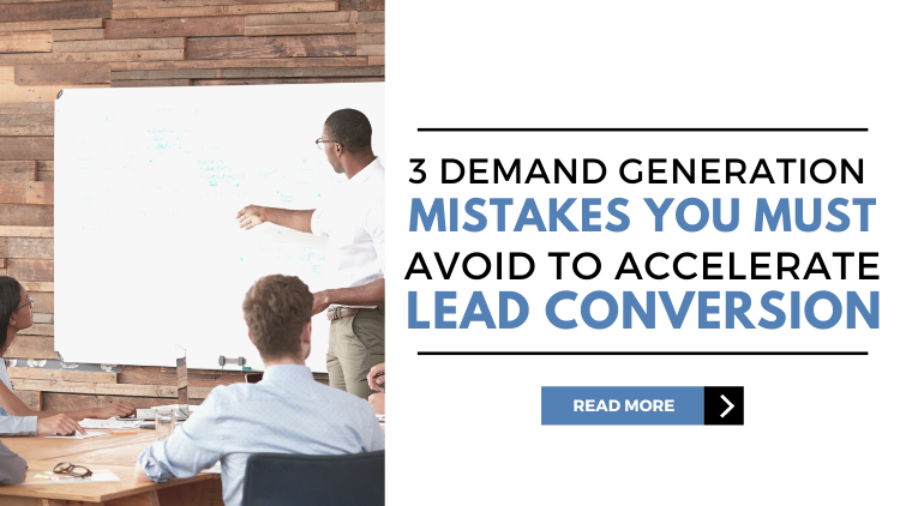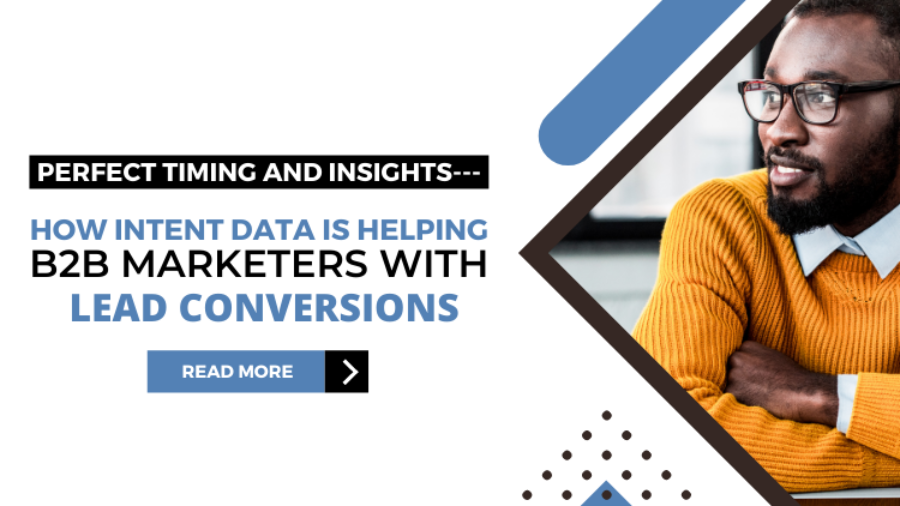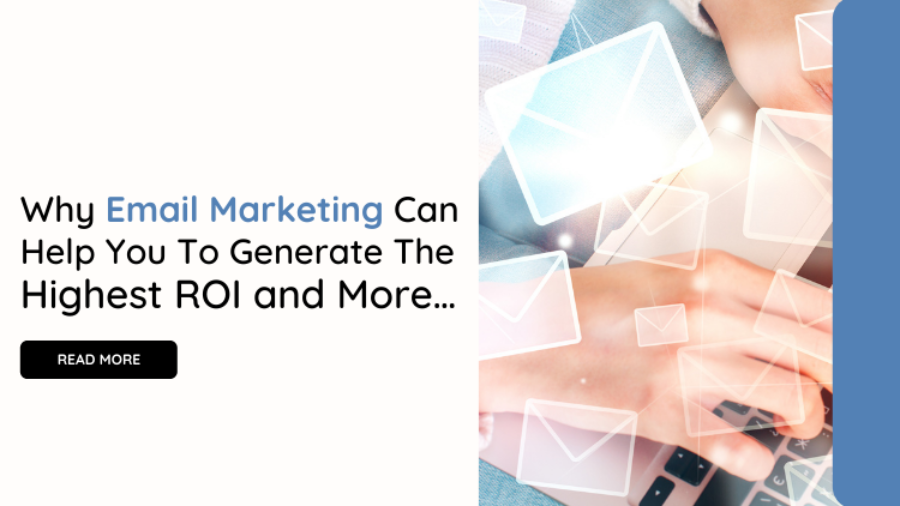If you want to scale your ABM initiatives, you must first analyze how your ABM strategies have evolved so far and how it has impacted your results. You must consider some core factors such as unique insights about your target accounts, sales and marketing alignment, measuring results etc. to help scale your ABM activities.
Let us see some of these factors in detail and how they can impact your ABM initiatives!
Measuring ABM outcomes-
If you aren’t running ABM for the first time, then any new strategy should be crafted only after considering the results and the outcomes of the previous campaigns. One of the trickiest parts of ABM is probably measuring campaign results and analyzing them. Many marketers might be enthusiastic about measuring results but may not know how to go about it.
Here are some quick steps to follow-
- Gather insights from every stage of the funnel
- Consider factors such as engagement rates, click-through rates, actual account conversion rates, etc.
- Measure individual results from both sales and marketing activities before you arrive at a conclusion
- Consider all the MQLs and SQLs generated from the campaign and analyze them
Measuring ABM results is one of the most challenging aspects in b2b marketing, but it’s not impossible to do if you have the right know-how.
Alignment between sales and marketing-
Without a proper alignment between sales and marketing functions, ABM can never yield you the results you desire. It’s very important that both the teams are on the same page, and that they must work together to identify leads, create a comprehensive messaging strategy at various different stages of the buyer’s journey. A proper hand-holding between these two functions can lead to better understanding, transparency and thus great results when it comes to streamlining ABM initiatives.
Omni-channel approach-
Today’s customer is well aware of what he wants and may have almost arrived at a buying decision even before you get to talk to them. An omnichannel approach offers a chance for you to widen your reach and create plenty of opportunities to communicate with new buyers each time. This not only enhances brand awareness, but it also creates visibility and scope to interact with thought leaders and gain valuable insights. You can create a better reach through more channels and thus increase your chances at higher ABM conversions.
Hence marketers must focus on using omnichannel marketing for better results from ABM.
Conclusion-
ABM is a powerful b2b sales and marketing technique and if you understand that it’s more of a dynamic activity that involves so many factors as mentioned above, you can get the results you desire. Ask an ABM expert or partner to map your ABM journey and they would probably want to analyze your ABM growth and evolution till now before chalking out the next strategy. Get in touch with our experts here at Intellitech, to get to know how we help companies scale their ABM activities. Clickhere





